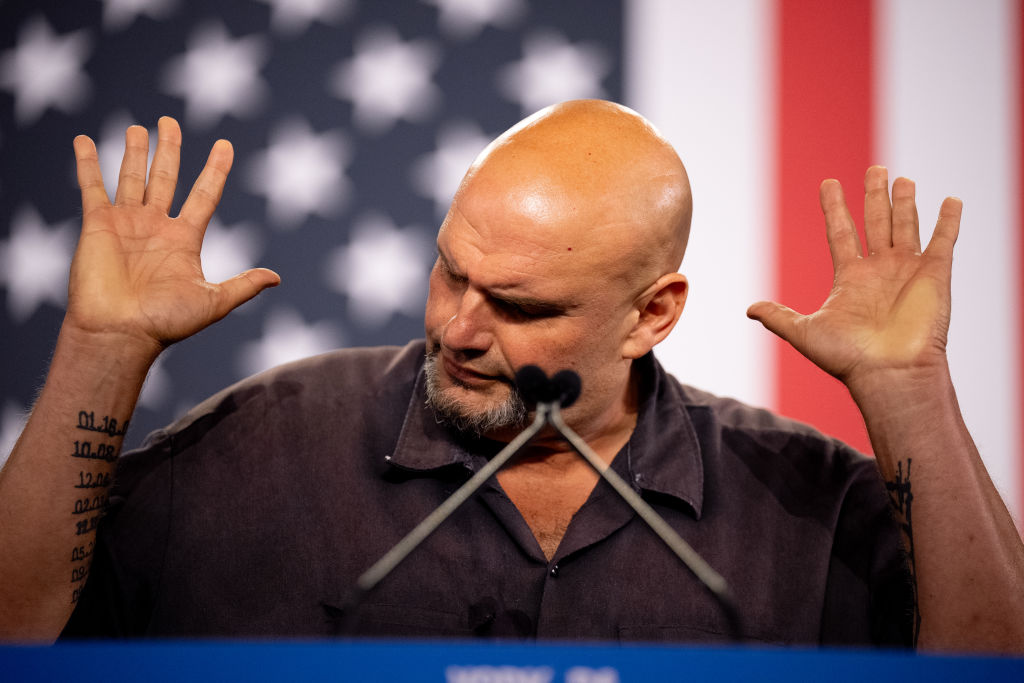Supreme Court considering case that could force cops to be deadly less often
Reviewing standard for holding officers accountable for violence



The Supreme Court is considering a case now that could force cops to be deadly less often.
That would mean, probably, shooting and killing fewer people.
It’s all about holding officers who inflict unnecessary and excessive deadly force accountable.
The Rutherford Institute explains the court already has agreed to hear the dispute, and the legal team has submitted a friend-of-the-court brief that urges the justices to overturn the existing standard for moment-of-threat actions.
“The ‘moment-of-threat doctrine’ not only violates established Fourth Amendment principles for determining what constitutes a reasonable use of force, but it also encourages police to act recklessly with impunity,” said constitutional attorney John W. Whitehead, president of The Rutherford Institute and author of “Battlefield America: The War on the American People.”
“Unfortunately, this mindset that any challenge to police authority is a threat that needs to be ‘neutralized’ is a dangerous one that is part of a greater nationwide trend that sets law enforcement officers beyond the reach of the Fourth Amendment,” he said.
The legal team explained the circumstances that prompted the fight in the courts:
In the afternoon of April 28, 2016, Harris County Texas Officer Roberto Felix initiated a traffic stop of Ashtian Barnes due to a report by the Toll Road Authority that the license plate number on his vehicle had outstanding toll violations. When asked for proof of insurance, Barnes explained that the car had been rented a week earlier by his girlfriend and the documentation might be in the trunk. The officer claimed he smelled marijuana and ordered Barnes to open the trunk. A few seconds after Barnes opened the trunk, the car’s blinker toward the side of the Tollway to which Barnes pulled over turned off for about ten seconds. Once the same blinker turned back on, Felix shouted at Barnes not to move, stepped onto the door sill where the driver-side door was open, and shoved his gun into Barnes’s head. At that point, the car started to move, and Officer Felix fired two shots into the car, killing Barnes.
The legal team explained Barnes’ parents filed a lawsuit because he posed no threat to law enforcement and there was no justification for the use of deadly force, especially since the officer “jumped onto the car.”
Lower courts then handed the police protection, calling the decision to shoot and kill “presumptively reasonable.”
Rutherford argues that the reins need to be pulled on police violence, especially that which comes from relatively minor confrontations but escalates quickly and then results in police shooting unarmed citizens.
“For instance, an Illinois sheriff’s deputy was charged with first-degree murder for shooting and killing Sonya Massey after she called 911 for help at her home. A year earlier in Ohio, a pregnant mother was killed by a police officer in a grocery store parking lot. And in August 2024, police officers in Arizona jumped out of their car at Tyron McAlpin, who is deaf and has cerebral palsy, and repeatedly punched and tasered McAlpin due to his startled response,” the legal team explained.
What's Your Reaction?

































































































